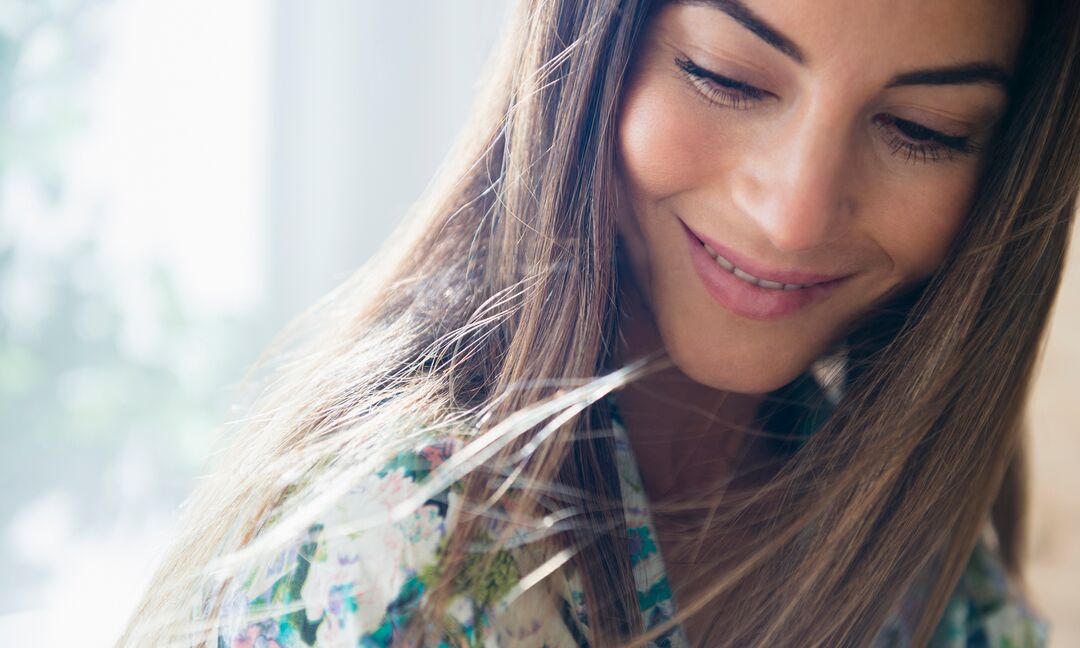GROUPON GUIDE TO BIRMINGHAM
What Is Keratin, and Does My Hair Need It?
BY: Editors |Sep 20, 2022
Hair Straightening Deals

Up to 78% Off on Salon - Brazilian Straightening at Hairology KSQ
109 South Union Street, Kennett Square
47% discount_off
Hairology KSQ

Up to 58% Off on Salon - Brazilian Straightening at Zaks Hair Salon
649 2nd Avenue, New York
Sale Ends 4/23
$145.80 with_code GROUPON
Zaks Hair Salon
Hair Salon Deals

Trending
Natural Hair Care: Shampoo, Conditioning, Trim & Silk Press
6704 Grasselli Road, Fairfield • 18.5 mi
Sale Ends 4/23
$18.63 with_code GROUPON
Khalilah at Cosmotique

Trending
Women's haircut with full highlights for a fresh new look
3411 Colonnade Parkway, Birmingham • 14.6 mi
Sale Ends 4/23
$73.71 with_code GROUPON
J. Michael Salon

Trending
Transform Your Look with Haircut and Partial Highlights
1930 Edwards Lake Road, Birmingham • 4.0 mi
Sale Ends 4/23
$32.40 with_code GROUPON
Cutloose Hair Styling

Haircuts and Color Treatments for Men and Women Available
203 kirkland Avenue, Kirkland
Sale Ends 4/23
$14.58 with_code GROUPON
Gladys Hairstylist

Haircut and Style with Optional Balayage or Ombre at Hair By Daniella (Up to 52% Off)
6366 Del Cerro Boulevard, San Diego
Sale Ends 4/23
$21.83 with_code GROUPON
Hair By Daniella

Transform Your Look with a Conditioning Treatment or Haircut
515 North Broadway Avenue, Sylacauga • 41.1 mi
Sale Ends 4/23
$11.34 with_code GROUPON
4 bought
Hair by Peg at The Beauty Loft

Discover amazing hair transformations at Hair by Priscilla with options like balayage and highlights, up to 50% off
8043 Callaghan Road, San Antonio
Sale Ends 4/23
$42.93 with_code GROUPON
Hair by Priscilla

Enjoy Smooth Frizz-Free Hair: Brazilian Keratin Blowout Treatment Kits
Sale Ends 4/23
$31.59 with_code GROUPON
Brazil Yourself

Up to 53% Off Hair Services at Hair By Daniella
6366 Del Cerro Boulevard, San Diego
Sale Ends 4/23
$32.40 with_code GROUPON
Hair By Daniella

Get a Fresh Haircut and Style with Color and Highlights
3227 Lorna Road, Birmingham • 18.5 mi
Sale Ends 4/23
$82.62 with_code GROUPON
Christopher's Salon

Haircut with Highlights or Single Process Color by Skilled Stylists!
2233 West Irving Park Road, Chicago
Sale Ends 4/23
$89.10 with_code GROUPON
Toni's Salon and Spa

Up to 46% Off on Hair Styling at Zaks Hair Salon
649 2nd Avenue, New York
Sale Ends 4/23
$41.31 with_code GROUPON
Zaks Hair Salon

Up to 52% Off on Salon - Keratin Treatment at Denver Hair Salon
4340 East Kentucky Avenue #129, Denver
Sale Ends 4/23
$150.25 with_code GROUPON
Denver Hair Salon

Up to 46% Off on Salon - Hair Color / Highlights at Zaks Hair Salon
649 2nd Avenue, New York
Sale Ends 4/23
$48.60 with_code GROUPON
Zaks Hair Salon

Up to 78% Off on Salon - Brazilian Straightening at Hairology KSQ
109 South Union Street, Kennett Square
47% discount_off
Hairology KSQ










